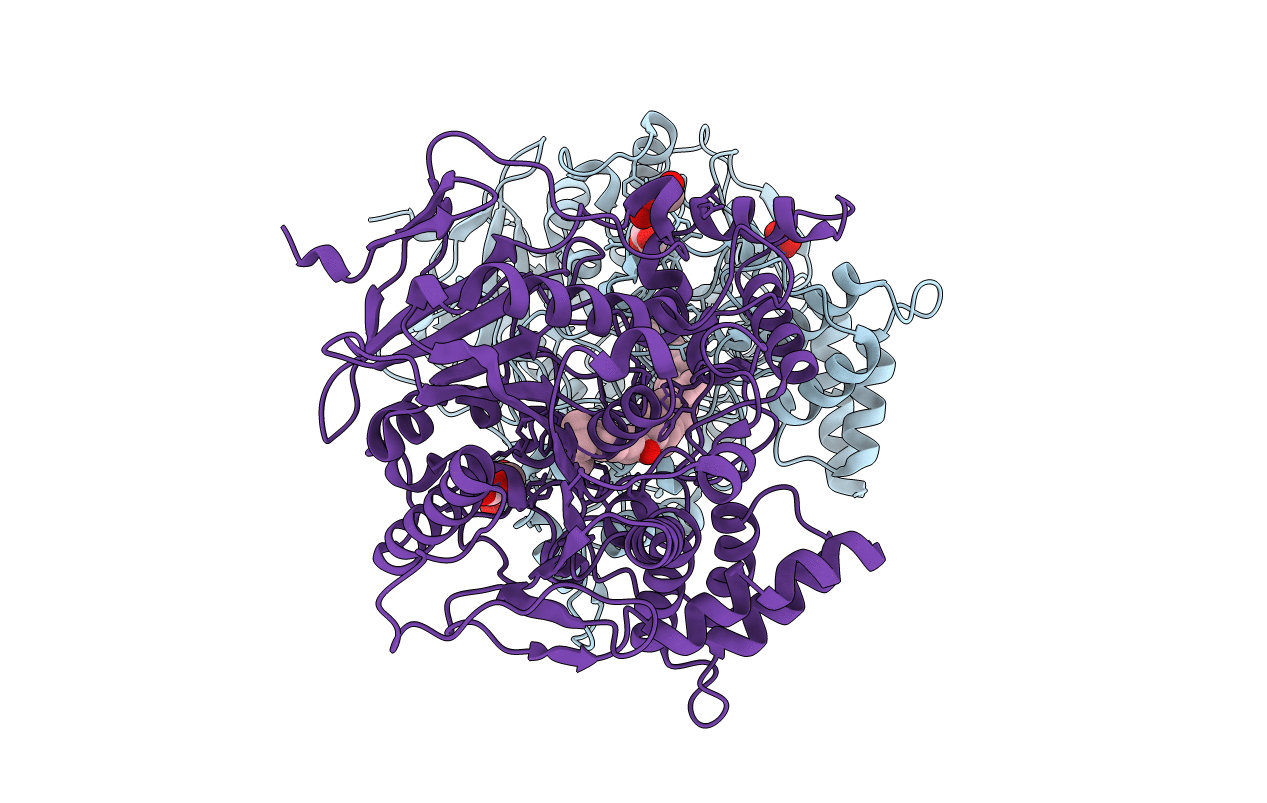
Deposition Date
2019-03-01
Release Date
2019-06-19
Last Version Date
2024-10-16
Method Details:
Experimental Method:
Resolution:
2.35 Å
R-Value Free:
0.24
R-Value Work:
0.20
R-Value Observed:
0.20
Space Group:
P 31


